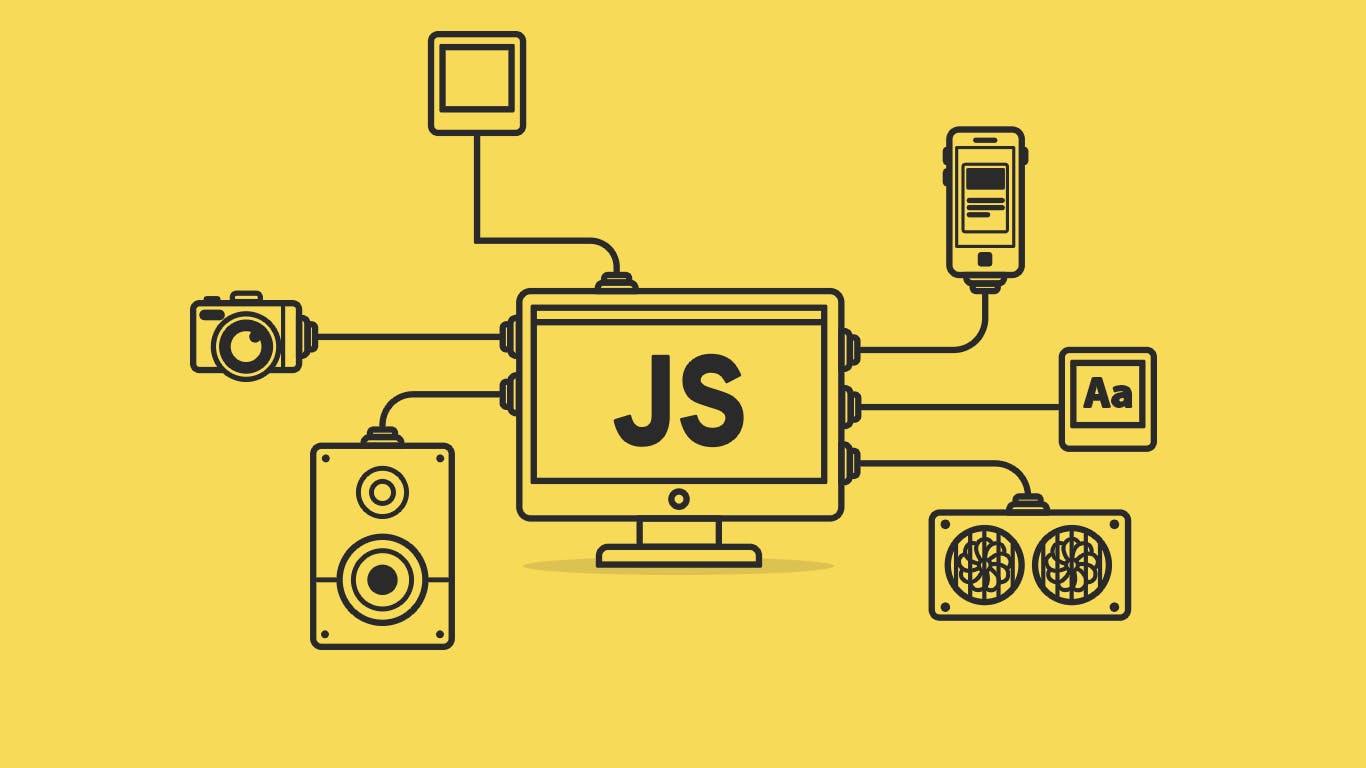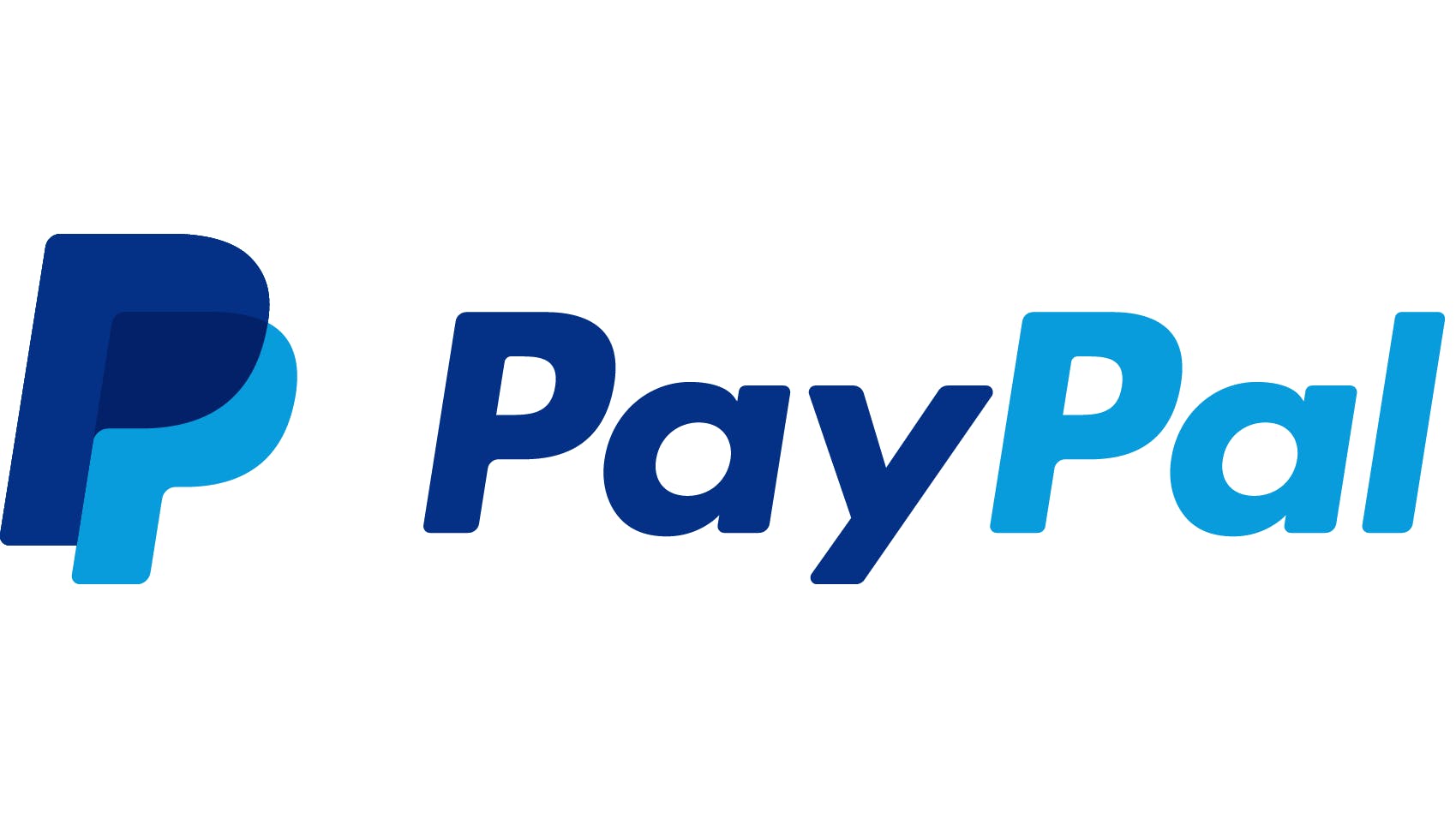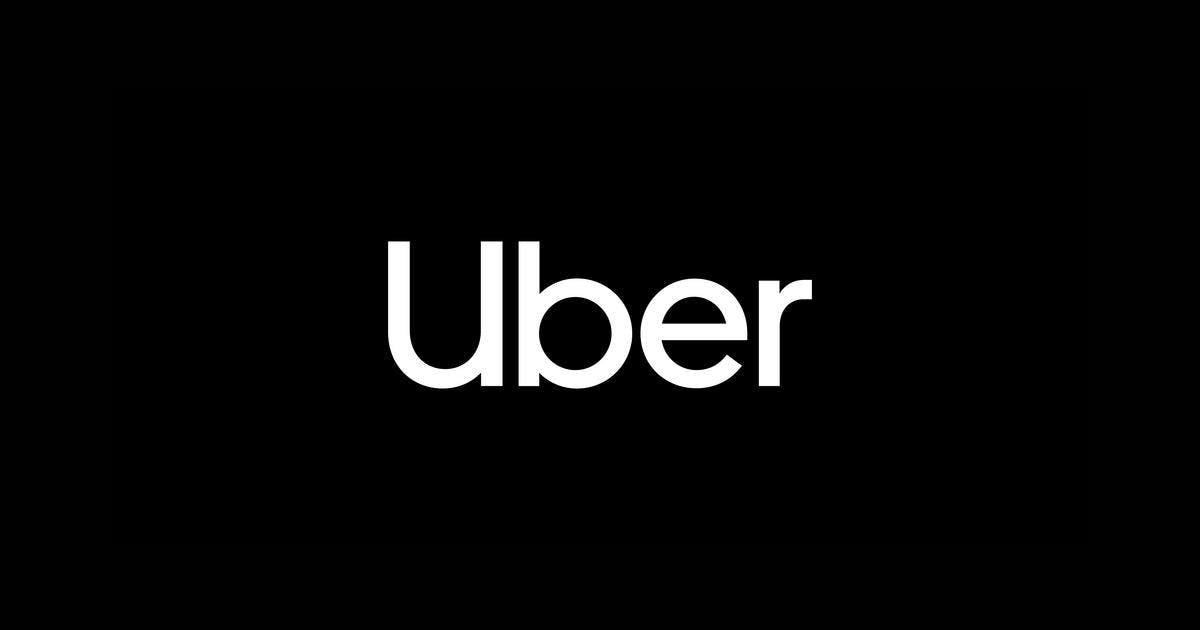Abstract
JavaScript is a programming language used primarily by Web browsers to create a dynamic and interactive experience for the user. Most of the functions and applications that make the Internet indispensable to modern life are coded in some form of JavaScript.
In the earliest time, Web pages were static, offering little user interaction beyond clicking links and loading new pages. For the first time, JavaScript enabled animation, adaptive content, and form validation on the page.
For many years, JavaScript only functioned on a limited number of browsers. Microsoft's Internet Explorer, the largest browser base, did not support JavaScript until much later. Instead, Microsoft created its own proprietary client-side script called JScript. In the early days of Web development, programmers who wished to create dynamic websites were often forced to choose one browser family over the other. This was less than ideal because it made the Internet less universally accessible.
What is JavaScipt?

JavaScript is a text-based programming language used both on the client-side and server-side that allows you to make web pages interactive. Where HTML and CSS are languages that give structure and style to web pages, JavaScript gives web pages interactive elements that engage a user. Common examples of JavaScript that you might use every day include the search box on Amazon, a news recap video embedded on The New York Times, or refreshing your Twitter feed.
Incorporating JavaScript improves the user experience of the web page by converting it from a static page into an interactive one. To recap, JavaScript adds behavior to web pages.
How Javascript works?
The software on the remote server sends information to the client (i.e. the user's machine) and the software on the client-side reads the information and renders a Web page on the screen.
A client-side script is a programming language that performs its tasks entirely on the client's machine and does not need to interact with the server to function. For instance, if you have a Web page loaded on your computer and your Internet service provider goes down, you are still able to interact with the Web pages already loaded on your browser. You will not, however, be able to navigate to new Web pages or access any data located remotely.
What is JavaScript used for?

JavaScript is mainly used for web-based applications and web browsers. But JavaScript is also used beyond the Web in software, servers and embedded hardware controls. Here are some basic things JavaScript is used for:
- Adding interactive behavior to web pages
JavaScript allows users to interact with web pages. There are almost no limits to the things you can do with JavaScript on a web page – these are just a few examples:
- Show or hide more information with the click of a button
Change the color of a button when the mouse hovers over it
Slide through a carousel of images on the homepage
Zooming in or zooming out on an image
Displaying a timer or count-down on a website
Playing audio and video on a web page
Displaying animations
Using a drop-down hamburger menu
2. Creating web and mobile apps
Developers can use various JavaScript frameworks for developing and building web and mobile apps. JavaScript frameworks are collections of JavaScript code libraries that provide developers with pre-written code to use for routine programming features and tasks—literally a framework to build websites or web applications around.
Popular JavaScript front-end frameworks include React, React Native, Angular, and Vue. Many companies use Node.js, a JavaScript runtime environment built on Google Chrome’s JavaScript V8 engine. A few famous examples include Paypal, LinkedIn, Netflix, and Uber!
3. Building web servers and developing server applications
Beyond websites and apps, developers can also use JavaScript to build simple web servers and develop the back-end infrastructure using Node.js.
4. Game development
Of course, you can also use JavaScript to create browser games. These are a great way for beginning developers to practice their JavaScript skills.
Why use JavaScript over other programming languages?
Aside from the unlimited possibilities, there are many reasons for web developers to use JavaScript over other programming languages:
JavaScript is the only programming language native to the web browser
JavaScript is the most popular language
There’s a low threshold to get started
It’s a fun language to learn
How industries are using Javascript?
Microsoft

Okay, so you’re probably not going to find JavaScript powering Windows anytime soon, but Microsoft relies on JavaScript for a whole lot else.
First off, Microsoft needs to work closely with JavaScript to built its Edge web browser. All browsers need to process and execute JavaScript efficiently, so Microsoft has developed and maintains its own JavaScript engine for Edge. Actually, there has been talk of them creating an alternate version of NodeJS with the Edge engine.
Recently, Microsoft has really embraced NodeJS. They thoroughly support Node on the Azure cloud platform. Its one of Azure’s major features, and they’ve integrated Visual Studio support for Node.
Microsoft has also developed a version of Node for Internet Of Things(IoT) applications. NodeJS is great for IoT because it’s lightweight and efficient.
PayPal

PayPal has obviously been using JavaScript on the front end of their website for a long time, but that’s only the beginning.
The online payment giant was one of the earliest adopters of NodeJS. During an overhaul of their account overview page, they decided to try building the page in Node at the same time as their usual Java development. The NodeJS version worked out so well, that they chose to use it in production and build all client-facing applications in Node going forward. That means that most of what you see in your account is running on Node.
PayPal even went as far as to create and maintain their own version of Express, called KrakenJS. It’s pretty obvious that they like JavaScript over at PayPal.
Netflix

Like PayPal, Netflix started out using Java for just about everything. They too ran into problems with Java’s size and the time it required to develop.
Over time, Netflix moved away from its more traditional structure into the cloud and started to introduce NodeJS. With Node, Netflix was able to break down pieces of their user interface into individual services. This more distributed approach was able to speed things up and alleviate stress on their servers. Today, a large portion of Netflix’s interface is running on Node.
Uber

Uber needs to handle loads of data in real-time. They have millions of requests coming in continuously, and that does not just hit on a page. Uber needs to track driver locations, rider locations, and incoming ride requests. It has to seamlessly sort that data and match riders as fast as possible.
All of that plays to NodeJS’s and JavaScript’s strengths. Node is designed to handle requests and handoff data quickly. Its asynchronous capabilities are a huge part of that. Node is central to Uber’s user-facing stack for just that reason.

You’re probably aware that Facebook uses JavaScript. It’s kind of hard to miss. What’s probably not as obvious is exactly how much JavaScript goes into making Facebook and how much Facebook is involved in JavaScript development.
Try disabling JavaScript in your web browser and going to Facebook. The website will actually stop you from logging in because it won’t work without JavaScript.
You may have noticed the way that Facebook loads. Each piece of the page is separate. Facebook has invented its own way of breaking down and delivering sections of JavaScript separately. In an odd way, each section of your Facebook page is a collection of independent JavaScript applications.
It doesn’t stop there. Facebook created React, one of the most popular front-end frameworks. Facebook uses React on Facebook as well as Instagram and WhatsApp.

How doesn’t Google use JavaScript? Seriously, it’s everywhere. Google’s search results spring up as your typing gets there with JavaScript. The Gmail web client is powered by JavaScript. Google Docs? Yeah, that’s JavaScript too.
Google develops and usually opens sources its own JavaScript tools. The most obvious example is AngularJS. Angular is used most prominently in Google’s DoubleClick advertising platform, but it’s also one of the most popular front-end frameworks available. It’s even part of the MEAN stack.
Google’s more intensive services, like Google Docs, use Closure Tools. This set of tools compiles JavaScript into a lower-level faster form more suited for rich and highly responsive web applications.
There’s another big point to touch on. Google developed Chrome. Chrome is a web browser, needed a JavaScript engine, so Google also made V8. V8 not only powers Chrome, it’s at the heart of NodeJS. So, without Google, there would be no Node.
The future of JavaScript
While JavaScript is not the only client-side scripting language on the Internet, it was one of the first and is still the most widely used. Many developers believe that JavaScript is inefficient and finicky, so they have made many improvements to the language over the years. Enterprising programmers have created JavaScript libraries - more concise languages constructed from the building blocks of JavaScript that are less complex and can be targeted for specific applications.
For instance, JQuery is a JavaScript library that simplifies and expands many of JavaScript's animation and interactive functions, while Backbone.js makes responsive design easier. JavaScript has become integral to the Internet experience as developers build increased interaction and complexity into their applications. Search engines, e-commerce, content management systems, responsive design, social media, and phone apps would not be possible without it.
